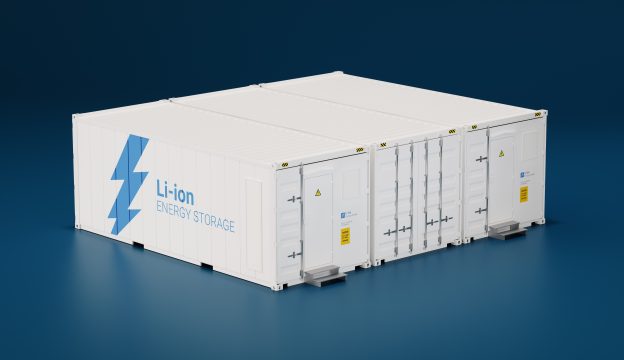Energy storage inverters meet the demand for bidirectional converters, and the market is positive. The energy storage inverter can not only meet the inverter requirements of the traditional grid-connected converter for the conversion of direct current to alternating current, but also meet the two-way conversion demand brought about by the "charging + discharging" of the energy storage system. According to the application, energy storage inverters can be divided into energy storage power stations, centralized, industrial and commercial, and household use. According to data from Huajing Industry Research Institute, the market of energy storage inverters was 5.95 billion yuan in 2022 and is expected to increase to 10.44 billion yuan in 2023. According to TrendForce's energy storage data, it is expected that industrial and commercial storage will increase by 18GWh in 2024, a year-on-year increase of 112%. Large-scale energy storage increased by 130GWh, a year-on-year increase of 43% while household energy storage increased by 20GWh, a year-on-year increase of 11%. Among them, in the context of the decline in electricity prices and natural gas prices, residents' urgency for installation has weakened. Due to the earlier start time of household reserves and the more mature profit model, there is still some room for growth.
The penetration rate of new energy storage capacity in the world is gradually increasing. According to TrendForce's , global new energy storage installed capacity in 2023 was 117GWh, a year-on-year increase of +133%, which was influenced by policy guidance and wind and solar consumption issues. It is expected to reach 167GWh in 2024, up 43% year-on-year. In terms of continents, Asian capacity is expected to reach 78.2GWh in 2024, a year-on-year increase of 47%. The installation of America will reach 48.9GWh, a year-on-year increase of 30%, which is an urgent and economic demand, but at the same time constrained by land constraints and a lack of regulatory system. Europe will reach 30.5 GWh, a year-on-year increase of 53%, driven by large storage bidding and market-oriented projects. The Middle East and Africa will reach 9.6GWh, a year-on-year increase of 62%, due to the hot bidding market of South Africa and Israel's favorable policies.
Figure 18: New Energy Storage Capacity (GWh) by Region

Source: TrendForce, GF Securities







